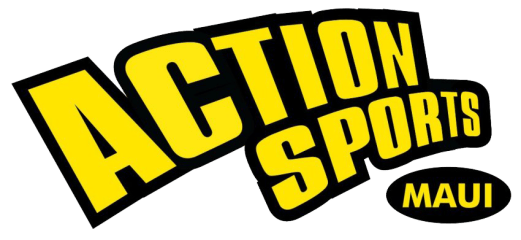Protected: Kiteboarder Jump Zone
Kiteboarder Jump Zone When you want to jump you must look to see if the area is clear of people and obstacles. We move in four dimensions, left/right upwind/downwind, high/low, and time. You should always share the water with other kiters, and give way to others when jumping. Keep in mind how much room you need to jump, land and maybe crash without hitting anyone. Have fun, jump high, but be smart about it so you always ride safe. Jumping High and Jumping Long: Most decent kiters can jump fairly high but it is much easier to cover long distances when you jump. Many people are jumping well over 100 feet downwind when they jump. Example: This is especially true at Ka’a point, on Maui;s famous Kite Beach. This is a popular spot that can get crowded, so you have…
Protected: Kiteboarder’s Blind Spot
Kiteboarder’s Blind Spot Learning to deal with traffic on the water is not just about knowing the ROW rules. You should also take into account that kiteboarders have a large blind spot. If you ride in someone’s blind spot they cannot see you and you could become involved in an accident. More than meets the eye: Most collisions occur because someone wasn’t looking where they were going. Beginners look at the kite, and intermediates look where they want to go, and surfers look at the waves. How often when you are riding do you look behind you? The Blind Spots: Behind and upwind of every kiteboarder is a large blind spot where they cannot see and where they do not normally look. This is made worse by kiters using helmets which may reduce their peripheral awareness. Also salt spray…
Kiteboarder Handbook
IKO Kiteboarder Handbook The New IKO Kiteboarder Handbook goes hand in hand with your lessons from your instructor. It follows the same Kiteboarder Program that your lessons are based on, and includes very important information on Equipment, Weather, Tides, Safety, Riding Techniques- as well as lots of other very useful information. At the end of each Section, there is a short test to make sure you have understood the information. You will use this as a way of checking your progression. The IKO has released a NEW AND IMPROVED 6th Edition! The handbook covers the first 3 IKO Recreational Kiteboarding Levels: Discovery, Intermediate, and Independent . This new Edition has now been expanded to 92 pages with more full-color pictures for demonstration along with updated quizzes and answers designed to test your knowledge ensuring that you know safe kiteboarding. This…
Kiteboarder Certification Card
Kiteboarder Certification Card When you are a student learning from an IKO Instructor, you receive an IKO Kiteboarder Certification Card as part of your training package. The IKO Card certifies your skill level and is verification as you continue to train and develop. Your Instructor will fill in the remaining levels until you are a Level 3 independent rider. Future schools, instructors, rental centers, and shops then know how competent a flyer you are and most centers request you present your kiteboarder card in order to rent equipment, which is a great way to promote safety. Carry this card with you as Proof of your ability and Training. Kiteboarder Certification Cards, are your proof of your ability and training. These Cards are required on many beaches where access is restricted to certified kiteboarders. Already have kiting experience and need a…
